Can anyone really look up at the night sky and not be in awe of the great vastness of space that surrounds us? It’s pretty amazing, but thanks to astronomers, scientists and engineers, our understanding of the cosmos is getting greater every day. And with it, we’ve been able to create some beautiful images of this celestial space.
In the new science book Stargazing: Photographs of the Night Sky from the Archives of NASA (£25, Chronicle Books), 60 years of the US space agency is celebrated across more than 100 pages of beautiful astrophotography.
Here is a selection of our favourite space pictures from the book.
Stargazing from the ISS
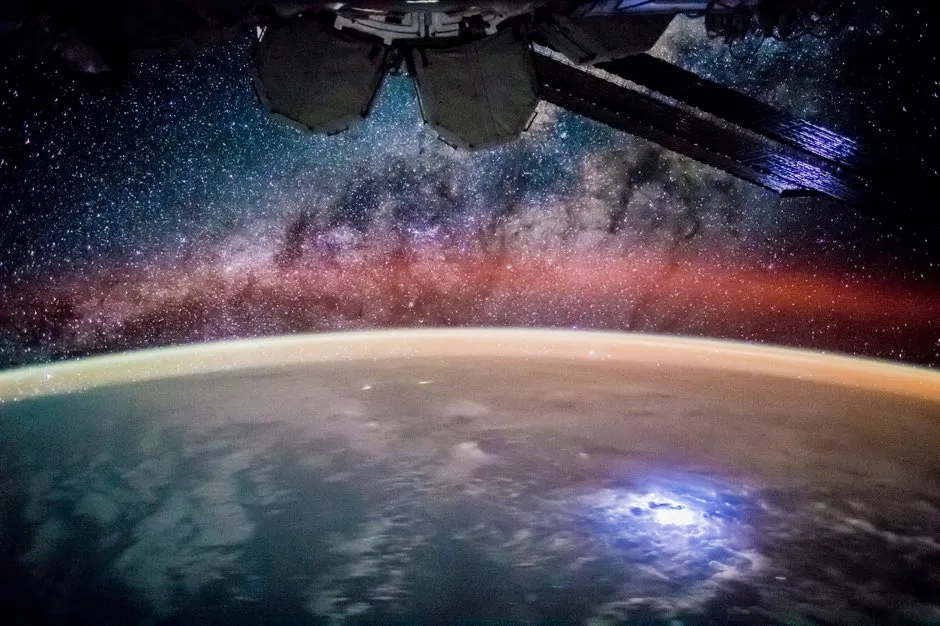
When you have a clear sky, the Milky Way can appear spectacular from down here on Earth, but aboard the International Space Station (ISS), this is taken to another level. In this photo, taken by astronauts aboard Expedition 44, the dense pattern of stars at the centre of the picture show the galaxy we call home, with the darker patches being dense dust clouds in an inner spiral arm blocking out view of the stars towards the centre.
Down on Earth, the bright glow towards the lower right of the picture shows a large mass of clouds illuminated by a flash of lightning.
See more amazing space pictures:
- 23 of NASA's most gorgeous galaxy pictures
- 50 beautiful photos of the Moon landing missions from the Project Apollo Archives
Geminid Meteor Shower
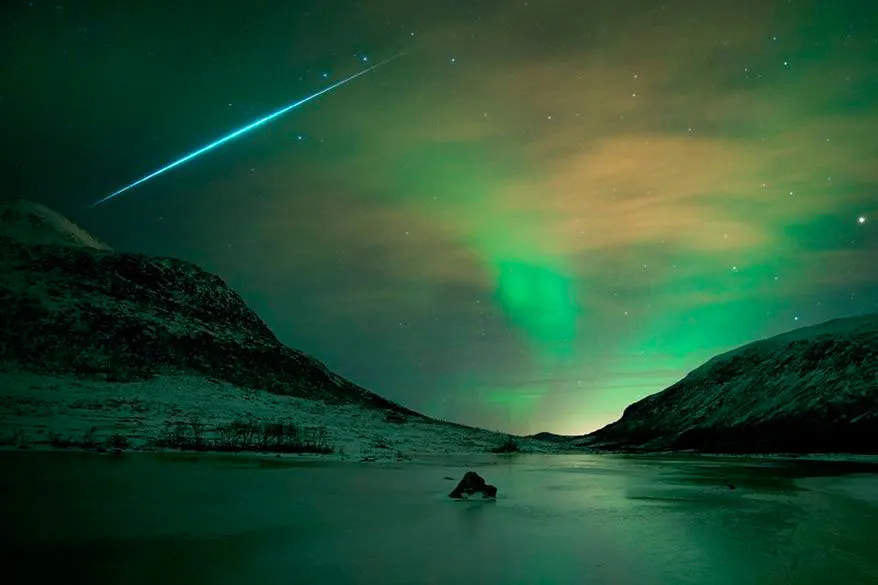
One of the most spectacular things to see when looking at the night sky is the Geminid meteor show, in which as many as 100 shooting stars can be seen every hour as debris from the extinct comet 3200 Phaethon burns up in the Earth’s atmosphere.
This picture was taken in Norway, with the aurora borealis shimmering in the night sky, giving it its majestic emerald glow.
Antares Rocket and a Full Moon
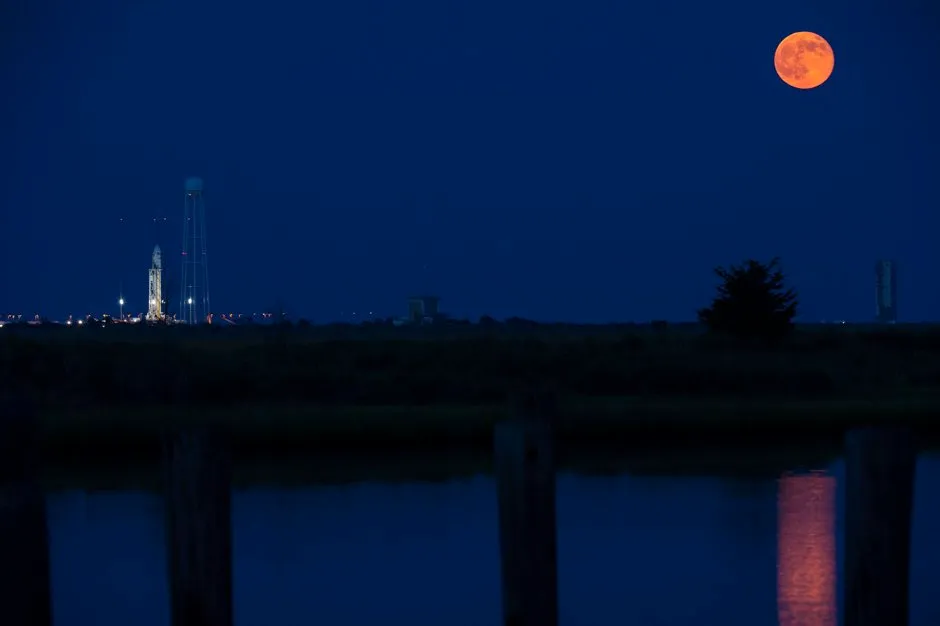
For the residents of the ISS, supplies carried aboard the Cygnus spacecraft like this one are vital for transporting not only experiments, hardware and spare parts, but also provisions that keep the crew safe and well.
The Moon appears to glow red in this picture because it was taken during its closest approach to Earth, creating a phenomenon known as a supermoon. At this point, the shorter wavelength blue light is scattered through the planet’s atmosphere, leaving the red light to shine through.
A Diamond Ring
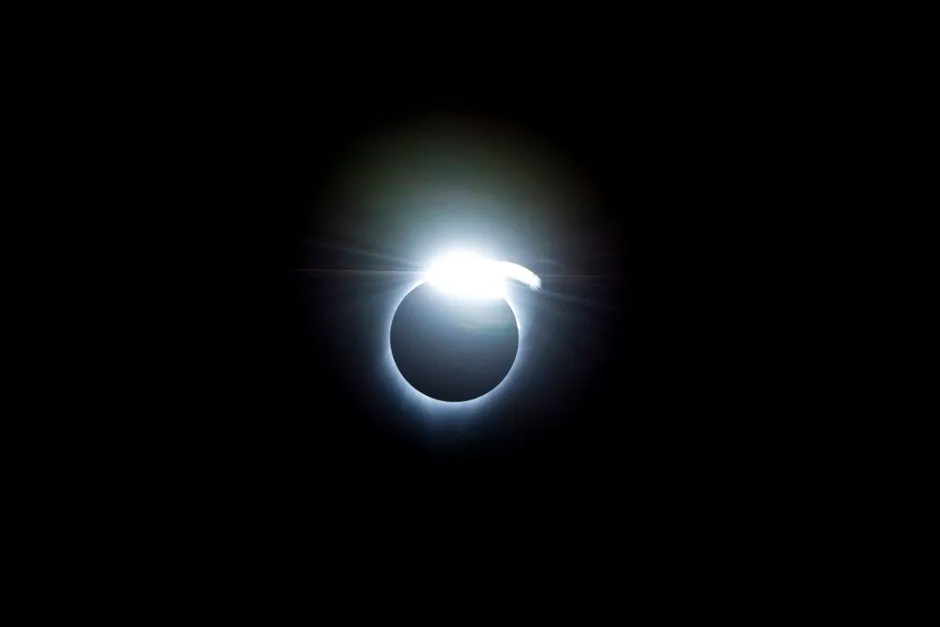
When the Moon passes in between the Earth and the Sun, it can create an effect known as a total lunar eclipse. Although the Moon appears to completely block out all light from the Sun, there is a moment just either side of totality, when the valleys and crags on the Moon’s surface let light shine through. This is known as the ‘diamond ring’ effect, because the Sun’s corona looks like a ring with a bright diamond dazzling on top.
Listen to episodes of the Science Focus Podcast about space:
- What asteroids can tell us about our Solar System – Natalie Starkey
- Why is the Moon landing still relevant 50 years on? – Kevin Fong
- The most mysterious objects in the Universe – Colin Stuart
Perseid Shower 2015
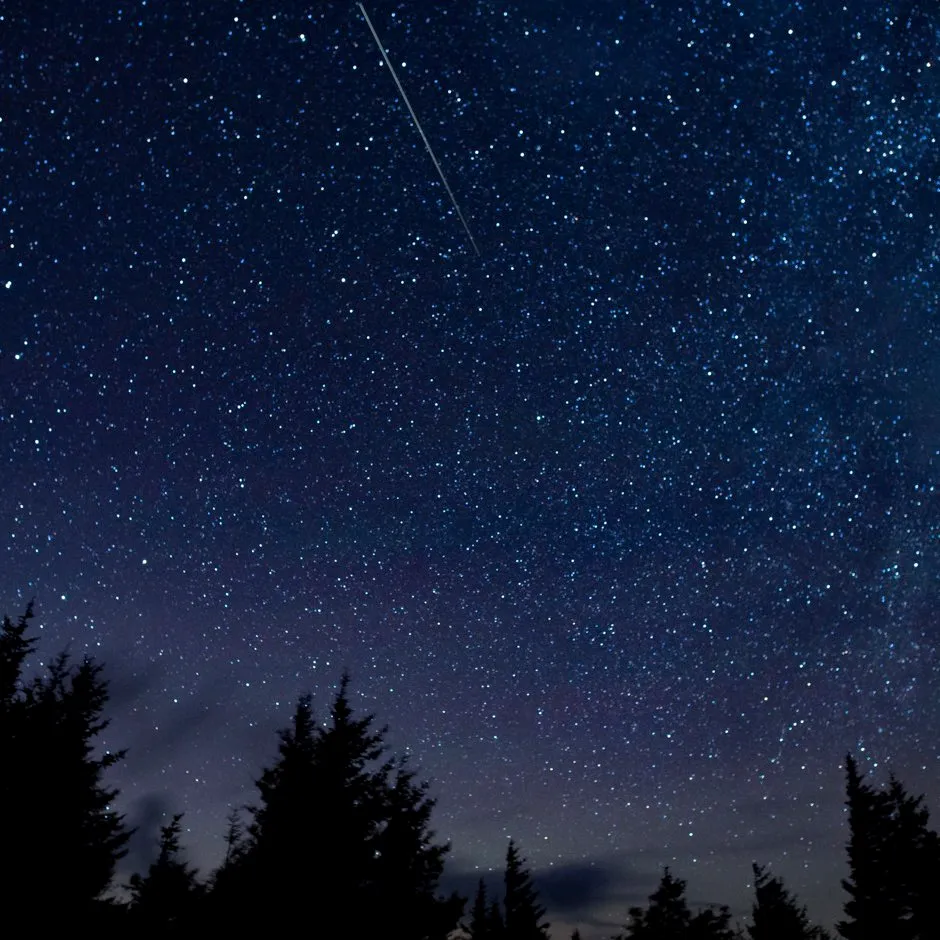
The Perseid Meteor shower is an annual event that lights up the sky with the debris left over from the comet Swift-Tuttle every August. Bright enough to be seen with the naked eye, rarely are any of these meteors, which travel at speeds over 200,000km/h, any bigger than a marble.
Aurora Borealis over Moscow

Some cities look particularly impressive when seen from the ISS, and the Russian capital Moscow is no exception, especially when the aurora borealis shimmers above it.
To the right of the image you can see daylight fast approaching as the Sun rises to the East.
Andromeda in Infrared

Should we be worried that this enormous, swirling galaxy, captured here by NASA’s Wide-Field Infrared Survey Explorer, is hurtling towards us at 100 kilometres a second? Some astronomers believe that the Andromeda galaxy, our nearest neighbour, will one day smash into the Milky Way to form one massive elliptical galaxy, but with 3.75 billion years to wait before that happens, we wouldn’t get too worried about it.
A Diamond and Lizard in the Sky
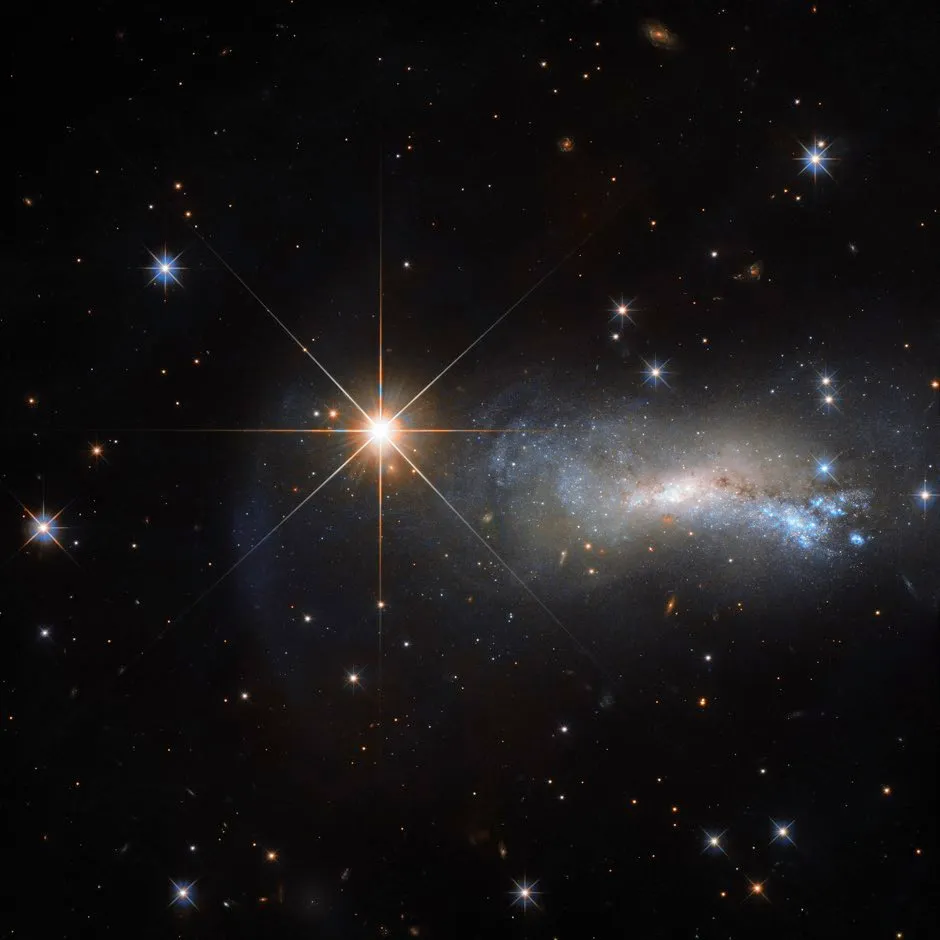
It can be astronomically difficult to get a sense of scale when it comes to astrophotography, as this photography taken by the Hubble Space Telescope shows. To the left is the star TYC 3203-450-1, one million times closer to us than the irregular galaxy on the left known as NGC 7250, located in the lizard constellation 45 million light-years from Earth.
TYC 3203-450-1 is known as a foreground star, whose brightness hinders astronomers looking at more distant objects in the frame of the image.
Stargazing: Photographs of the Night Sky from the Archives of NASA by Nirmala Nataraj, with a preface by Bill Nye, is out now (£25, Chronicle Books)
Follow Science Focus onTwitter,Facebook, Instagramand Flipboard
